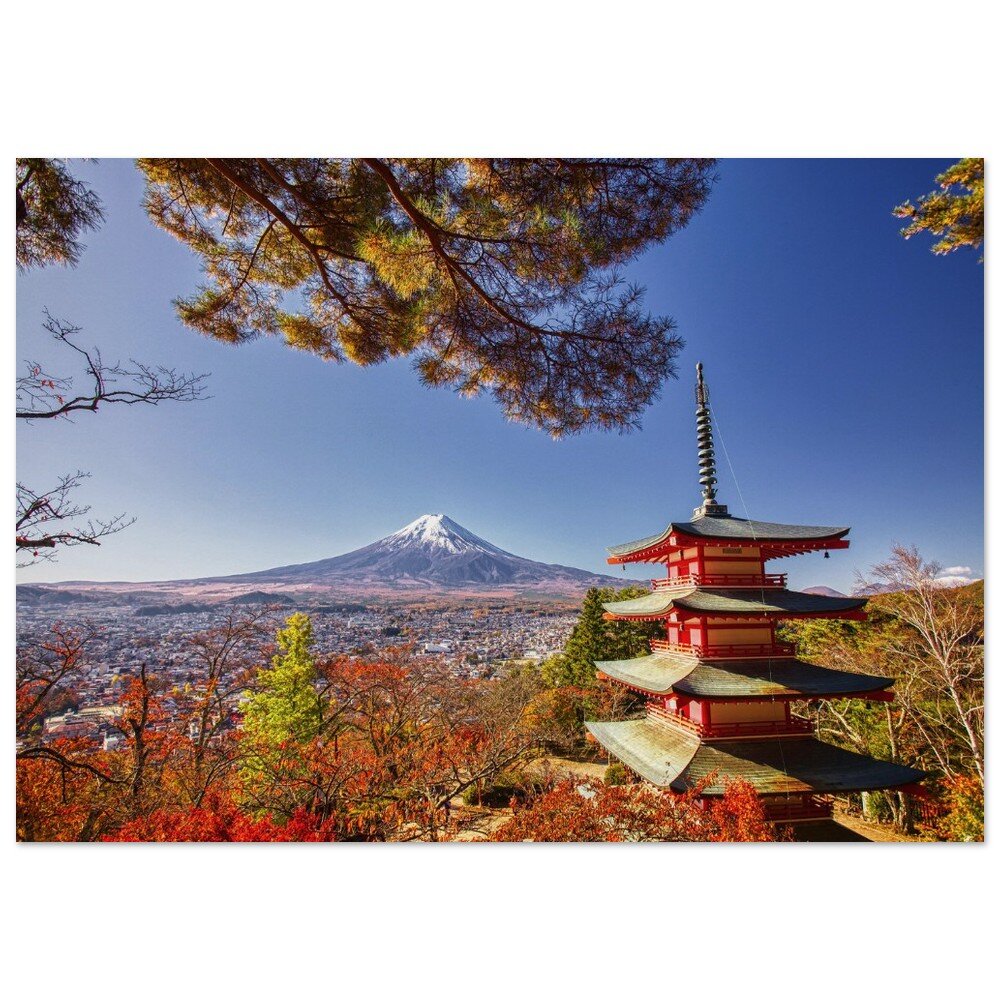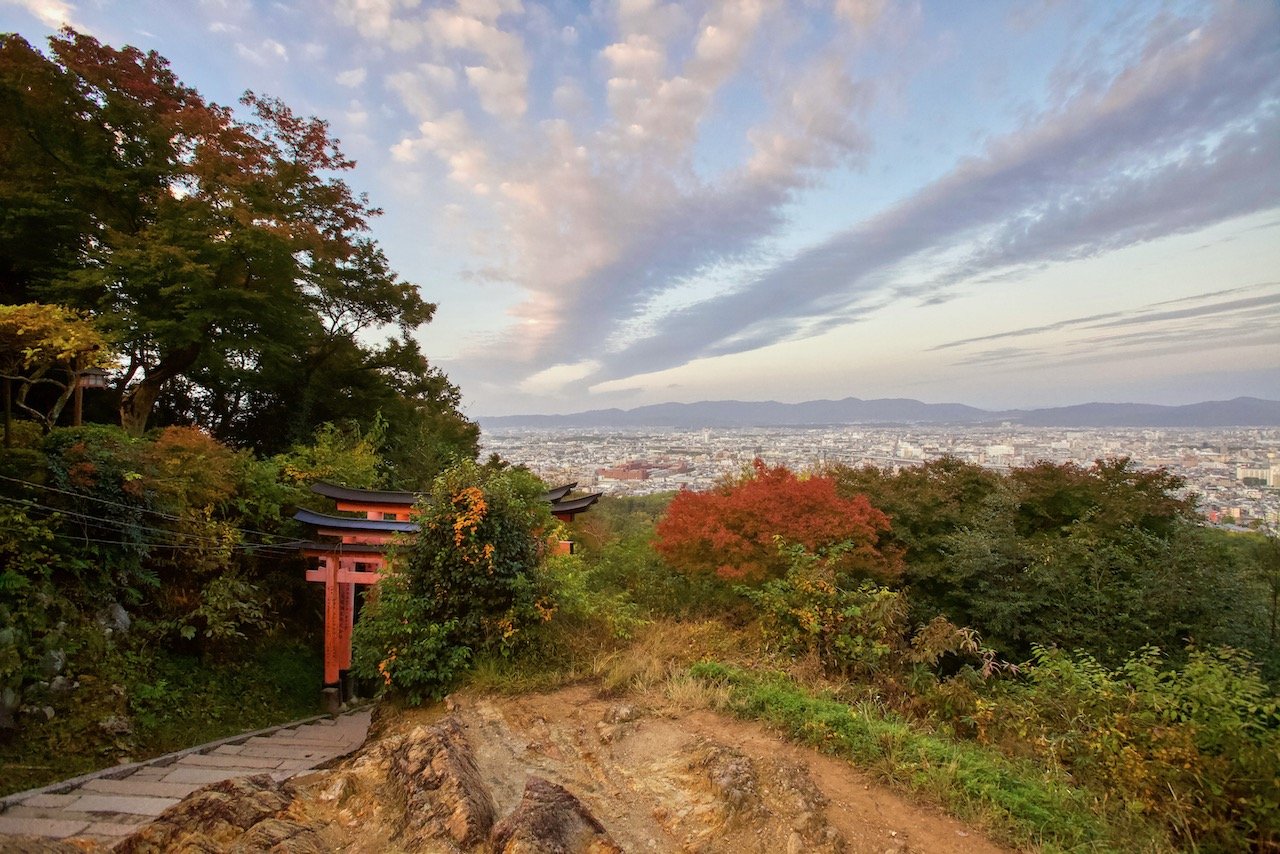Planning my Japanese trip with a Japan Rail Pass
(Some links in this post are affiliate links. If you click through and take action, I'll be compensated.) If you are also interested in any PRINTS from any of my posts, be sure to check out my store where you can buy prints as posters, in metal frames or on canvas.
Japan as a destination was at the top of my list for quite awhile. I knew that if I wanted to venture to that part of the world, I need to commit 2 weeks to it at the very minimum. I managed to squeeze in 16 days there and saw just an insane amount of sights along the way and saved money on transport along the way. You can check out the journeys I made in Japan by the blog posts I have written about them, which you can see in greater detail near the end of this article.
When I travel, the types of transport I look for are in the order of buses, trains, then flights, which is usually also in the order of increasing costs. Japan’s rail system is internationally known for its efficiency and you will be surprised to learn that it is very affordable, if you manage to do some prior planning. For those who love to have ultimate flexibility and don’t want to be confined to a schedule, a Japan Rail pass can also be a useful tool in this regard.
The Japan Rail Pass or JRPass for short can be used on unlimited train travel during its time of validity! Here are the eligibility rules for those who want to purchase a Japan Rail Pass:
You must be able to prove that your permanent address is outside of Japan (usually with just a passport).
You must possess a Single entry tourist visa. For example: 90 days single entry Temporary Visitor visa.
Japan Rail Passes are not usable for some ultra-high speed Shinkansen trains.
PROTIP: The most important factor in buying a Japan Rail Pass is that you cannot order one once you have arrived in Japan. You are only able to purchase one in your home country before arriving in Japan. There may be exceptions to this as I think they changed this temporarily after COVID to increase tourism, but this ended in October 2023 with no plans to initiate it again.
Types of JR Passes
You can purchase your Japan Rail National Pass or Japan Rail Regional Pass using the buttons below (These links are affiliate links. If you click through and take action, I'll be compensated.):
How do I get my Japan Rail Pass once in Japan?
After purchasing your Japan Rail Pass, you will be sent an Exchange order with directions on where you can pick up your pass by email. Oftentimes, you print out the Exchange Order with all the important information (or take your phone showing the email) to the company office, which are located in the most central of metro/train stations in any city you are located in.
For me, I took my Exchange Order to the Shinjuku station after arriving in Tokyo. After showing the staff this, they gave me a small booklet that had my pass printed out along with its validity period. When you want to take a train ride while the pass is valid, you go to a ticket booth, tell them which train you would like to take to your desired destination, show them your Japan Rail pass, then they will book your ticket. Super easy!
Which Japan Rail Pass should I buy?
The type of Japan Rail Pass you buy is dependent on your comfort level as well as how long you intend to stay in Japan. Specifically, you can book your Japan Rail Pass for:
Ordinary (2nd) or Green (1st) class seats
7, 14, or 21 days
If you are unsure of how long you want your pass to be, do some trip planning by using the Japan Rail Pass calculator here: https://www.jrpass.com/farecalculator. Click the link and input your origin and the cities/stations you would like to go see.
JR Fare Calculator
Although my visit to Japan was 16 days, I decided to opt for the 7 day Japan Rail Pass. This is because I was spending 5 days in Tokyo upon arrival, meaning I wouldn’t need the pass until afterwards. I then purchased a standalone train ticket to Hakone (Shin-Yokohama station), which is about an hour outside of Tokyo. Then I activated by pass two days later (on trip day 7) when I did my cross country train trip to Kyoto, then to Hiroshima with the last day of pass validity being when I went back to Tokyo from Hiroshima (trip day 14).
To summarize:
Tokyo → Hakone (standalone train ticket)
Hakone → Kyoto (JR Pass, First day of pass validity)
Kyoto → Osaka, Himeji, Nara (all round trips) (JR Pass)
Kyoto → Hiroshima (JR Pass)
Hiroshima (Miyajima Island Ferry) (JR Pass)
Hiroshima → Tokyo (JR Pass, Last day of pass validity)
































































